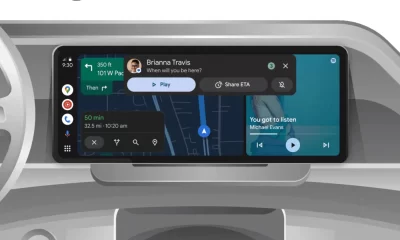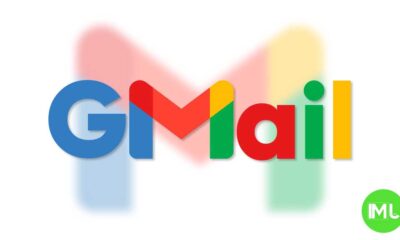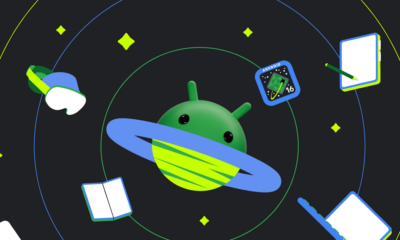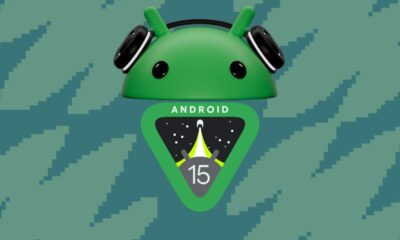News
Microsoft ends support for Surface Duo 2: The final software update and what it means
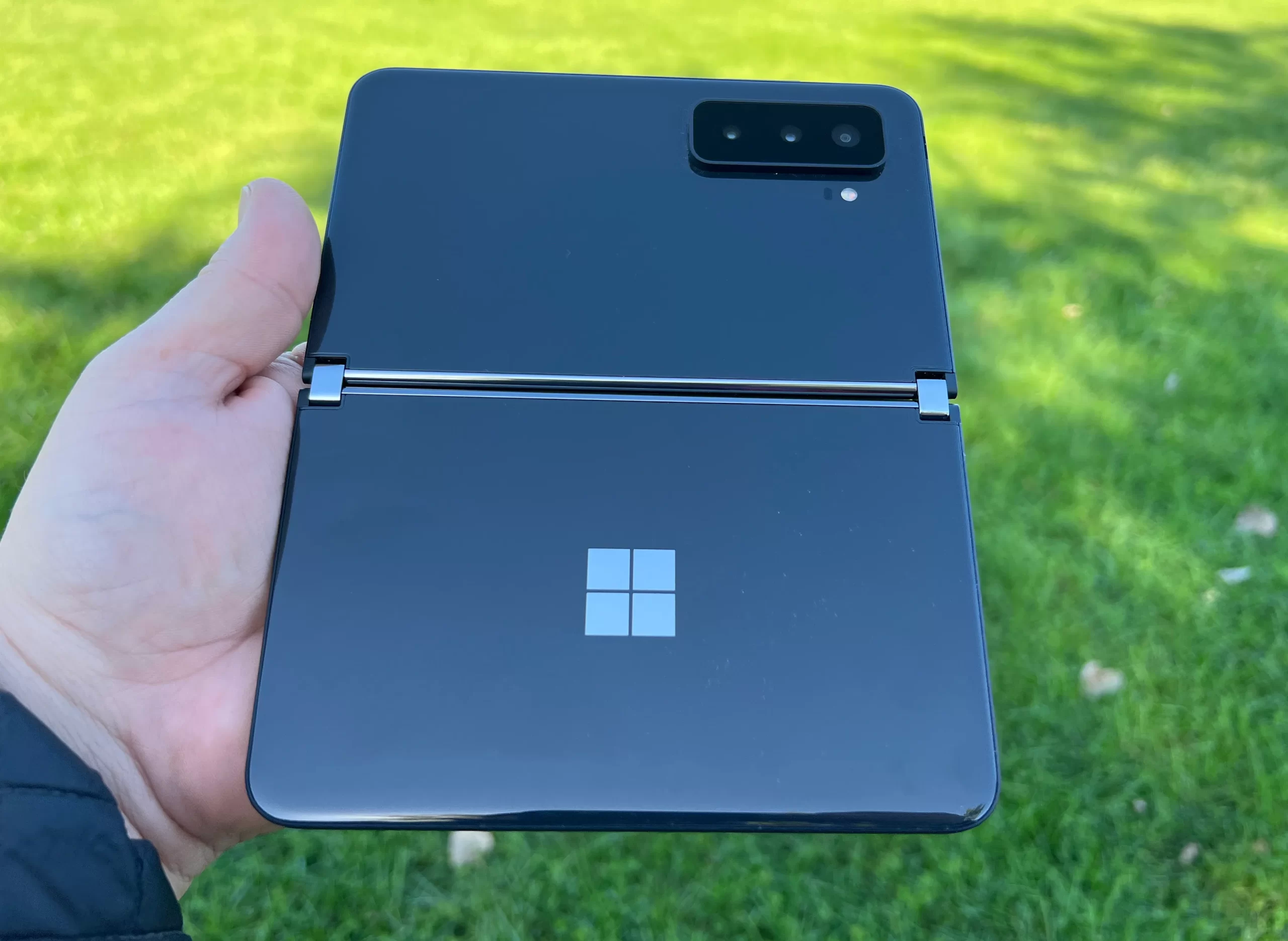
Microsoft is officially ending support for its foldable smartphone, the Surface Duo 2, just two years after its release. Launched in 2021 as the successor to the original Surface Duo, this device was positioned as a dual-screen foldable, aimed at both productivity and innovation. However, its journey has been short-lived, receiving only one major Android software update during its lifecycle.
The Final Update for Surface Duo 2
With the official end-of-life date for the Surface Duo 2 set for October 21, 2024, Microsoft has rolled out one last software update. This final update, based on Android 12, was recently spotted by users on Reddit. At just 54MB, this update seems minor and is likely the last software enhancement the device will receive before support fully ceases. According to Microsoft’s changelog, the update aims to improve the device’s performance and stability, though no major new features were included.
The Surface Duo 2 was initially shipped with Android 11 and eventually received its only OS upgrade to Android 12L, which brought important optimizations for foldable devices and larger screens. Despite some improvements, many users felt the device lacked the sustained software support that other premium Android devices offer.
Limited Software Support: A Missed Opportunity
One of the major criticisms surrounding the Surface Duo 2 has been the limited software support. Android users have come to expect at least three major OS updates for premium devices, which keep them up to date with the latest features and security enhancements. However, the Duo 2 only received one OS update, making its software lifecycle significantly shorter than many competitors.
While the final security update is planned for October 21, it seems unlikely that Microsoft will offer any further significant upgrades before discontinuing support entirely. This leaves Surface Duo 2 users with outdated software and fewer updates to maintain security or introduce new features.
Surface Duo 1: A Similar Story
Microsoft’s earlier attempt in the foldable smartphone market, the Surface Duo 1, also faced similar software challenges. Released in 2020, the original Duo launched with Android 10 and eventually received updates to Android 11 and Android 12L. While its update cycle was better than that of the Surface Duo 2, the first-generation Duo still fell short of the industry standard for Android updates. In 2023, Microsoft officially ended support for the original Duo, signaling the company’s intention to move away from this line of foldable devices.
Future of Microsoft’s Foldables and the Surface Brand
Microsoft’s decision to discontinue the Surface Duo series may indicate a shift in the company’s hardware strategy. The Surface line, which has been known for innovative devices like the Surface Pro, appears to be streamlining its offerings, focusing more on devices that have a proven track record in the market. The Surface Duo’s foldable design was certainly ambitious, but it struggled with both hardware limitations and the lack of timely software support, which contributed to its short lifespan.
For current Surface Duo 2 users, this final update marks the end of the road. While the device will continue to function, it won’t receive any new features or security patches beyond the October 2024 deadline, leaving it vulnerable to security risks and without access to future Android innovations.
Conclusion: A Short-Lived Foldable Journey
Microsoft’s foldable smartphone experiment with the Surface Duo series seems to have reached its conclusion. While the devices showed promise with their dual-screen design and potential for productivity, the lack of consistent software updates and limited lifespan ultimately hampered their success. As Microsoft refines its focus on the broader Surface ecosystem, the Surface Duo 2 is now part of tech history, remembered more for its unrealized potential than for any lasting impact on the smartphone market.
Key Takeaways:
- The Surface Duo 2 received its final software update in October 2024, marking the end of its support cycle.
- Microsoft offered only one major Android update to the device, leaving it behind competitors in terms of software longevity.
- The Surface Duo 1 also faced limited updates and was discontinued in 2023.
- Microsoft’s move to phase out the Duo series suggests a shift in focus for the Surface brand, away from foldable smartphones.
This final update signals the end of Microsoft’s short-lived adventure in foldable phones, but the Surface brand continues to innovate in other areas of the tech landscape.
Android
Google updates Gboard emoji kitchen and Android Auto with new features
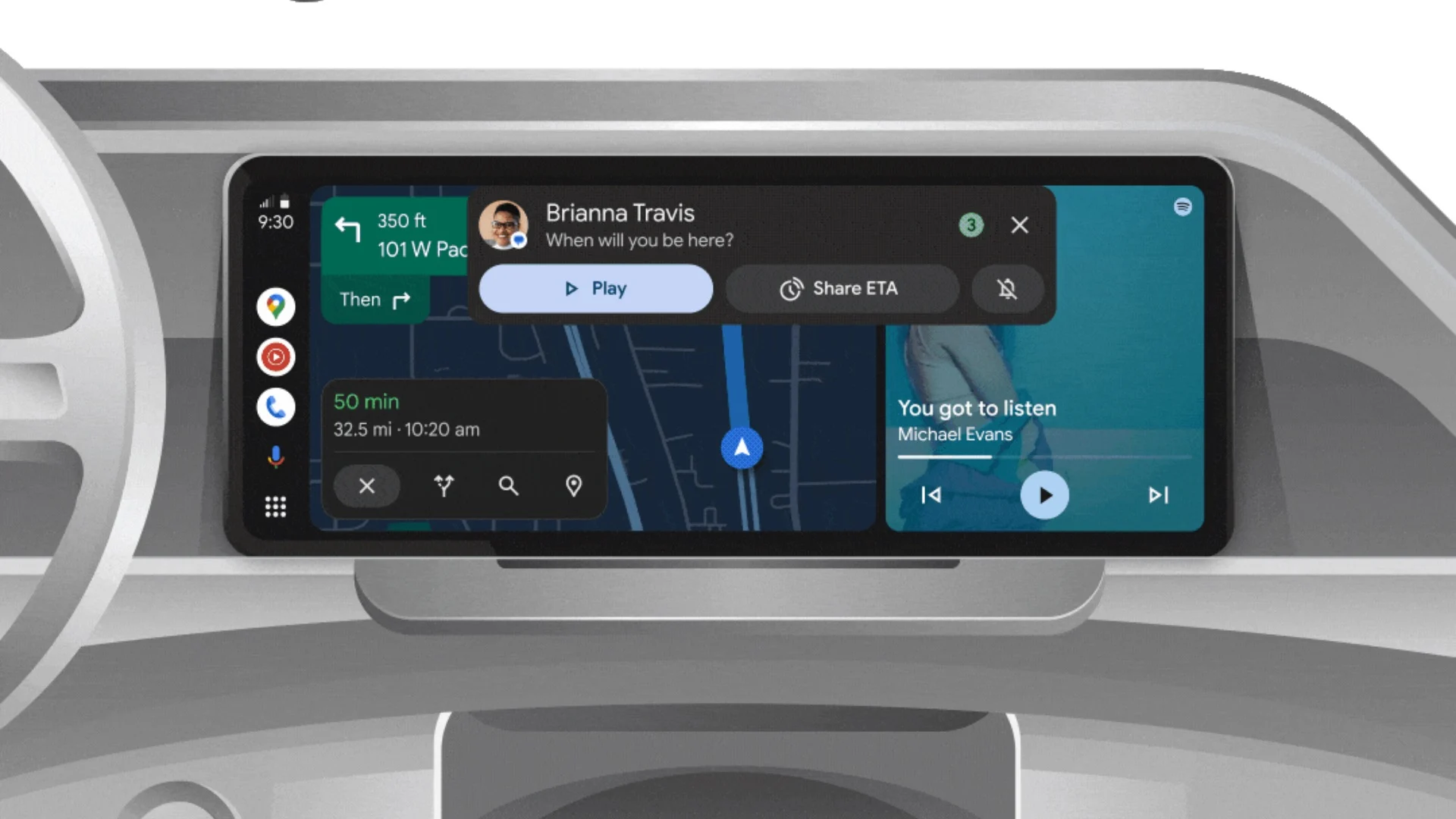
Google is bringing some fresh updates to make Gboard and Android Auto even better.
Starting with Gboard, the Emoji Kitchen now has a new “Browse” section. This makes it easier for users to find different emoji sticker combos. You can tap on any emoji and instantly see all the creative mixes available. Plus, there’s a search bar to help you look for specific stickers. This new feature is rolling out first to Pixel devices, with other Android phones expected to get it in the coming months.
On the other hand, Android Auto is now getting the 14.3 beta update. Although there are no big changes yet, this version mainly focuses on fixing bugs and improving performance. Testers have noticed slight speed improvements, but no new features have been spotted so far. Google might be preparing for bigger changes in future updates.
Both these updates show that Google is working hard to make its apps smoother and easier to use. Gboard’s new browsing tool will make messaging more fun, while Android Auto’s small fixes are important for a better driving experience.
If you have a Pixel phone or are part of the Android Auto beta program, you might already see these updates. Otherwise, they should be available to more users soon.
Android
Android’s Find My Device speeds up with UWB coming soon
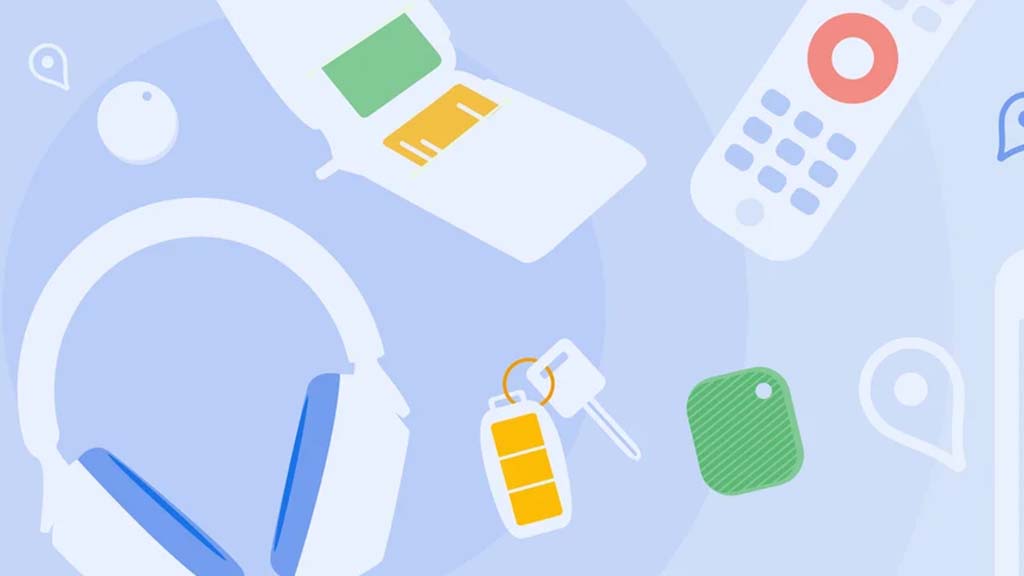
Google’s Find My Device network for Android has gotten a big boost, making it much quicker to locate misplaced items. Recent checks show it’s now four times faster than it used to be, keeping up with Apple’s AirTags in crowded spots like malls or events. For instance, at CES 2025, a tracker tucked in a bag updated its location just as fast as an AirTag nearby. This speed-up is thanks to more Android users turning on tracking for all locations, not only busy areas, which helps the system spot items more reliably.
In less crowded places, the network can still have trouble since fewer Android phones are nearby to share location signals. But Google’s working on this by nudging users through app alerts to enable tracking in quieter spots. Plus, recent updates to tracker software and apps have made connections more stable and accurate.
Looking ahead, Google’s gearing up to roll out ultra-wideband (UWB) technology. This will let you find items with pinpoint accuracy, even within a room, using cool augmented reality (AR) visuals, much like Apple’s setup. The Moto Tag, a tracker ready for UWB, is already available, just waiting for Google to activate this feature. Not all Android phones support UWB yet, but future models like the Pixel 10 might include it. These changes prove Google’s determined to make its Find My Device network a top choice for tracking lost stuff.
Gmail and Google Photos get new design and useful updates
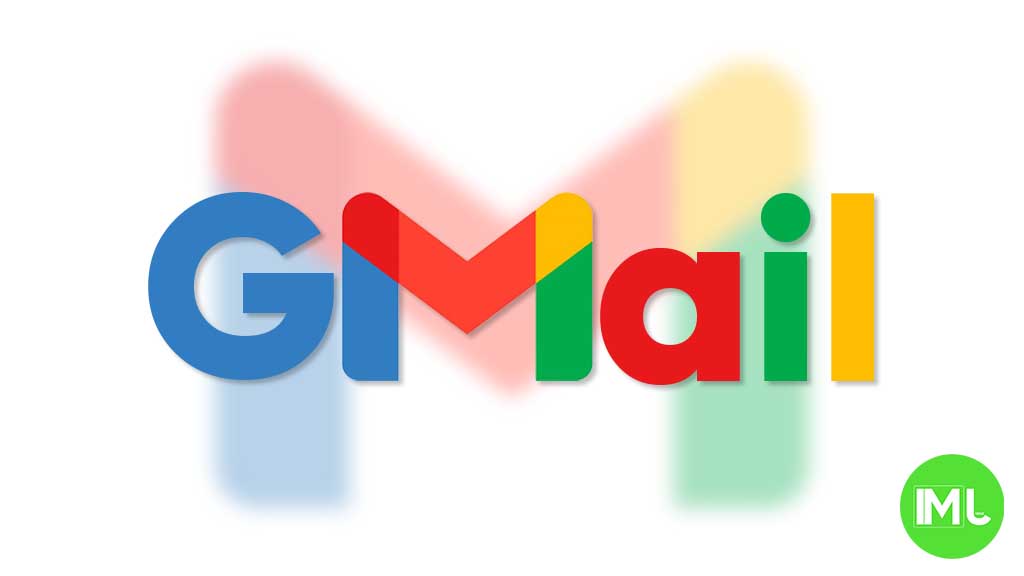
Google is giving Gmail and Google Photos some fresh updates to make things easier and more user-friendly.
First, Gmail on the web is now getting a new layout option. You can choose between “Cozy,” “Comfortable,” or “Compact” views based on how much space you want between your emails. Google is also adding a setting to control whether your inbox and labels stay on screen or only show up when needed. These changes make it easier to personalize how Gmail looks and feels.
Meanwhile, Gmail for iPhone is getting a visual upgrade. The app now uses Google’s updated design style called “Material 3.” You’ll notice a cleaner look with a rounded search bar at the top, smoother icons, and better spacing. Although the bottom bar and buttons look mostly the same, the overall design feels more modern and easier on the eyes.
Lastly, Google Photos is bringing back a helpful feature. The classic search shortcut that appears in the bottom bar is returning, making it quicker to find your photos. Before this, the shortcut had been removed when Google added the new “Memories” tab. Now, both features work together, letting you browse memories and search with ease.
These updates aim to make Google’s apps feel more useful, clean, and easier to use on both desktop and mobile.
-

 Apps1 year ago
Apps1 year agoGboard Proofread feature will support selected text
-

 News1 year ago
News1 year agoSamsung USA crafting One UI 6.1.1
-

 News1 year ago
News1 year agoBreaking: Samsung Galaxy S22 may get Galaxy AI features
-

 News1 year ago
News1 year agoSamsung Galaxy S23 Ultra with One UI 6.1 and all S24 AI features revealed
-

 News1 year ago
News1 year agoOne UI 6.1 Auracast (Bluetooth LE Audio) feature coming to many Samsung phones
-

 News1 year ago
News1 year agoSatellite SOS feature coming to Google Pixel phones, evidence leaked
-

 Apps11 months ago
Apps11 months agoGoogle’s fancy new Weather app is finally available for more Android phones
-

 News1 year ago
News1 year agoGoogle Pixel evolves as Europe’s third best selling flagship

